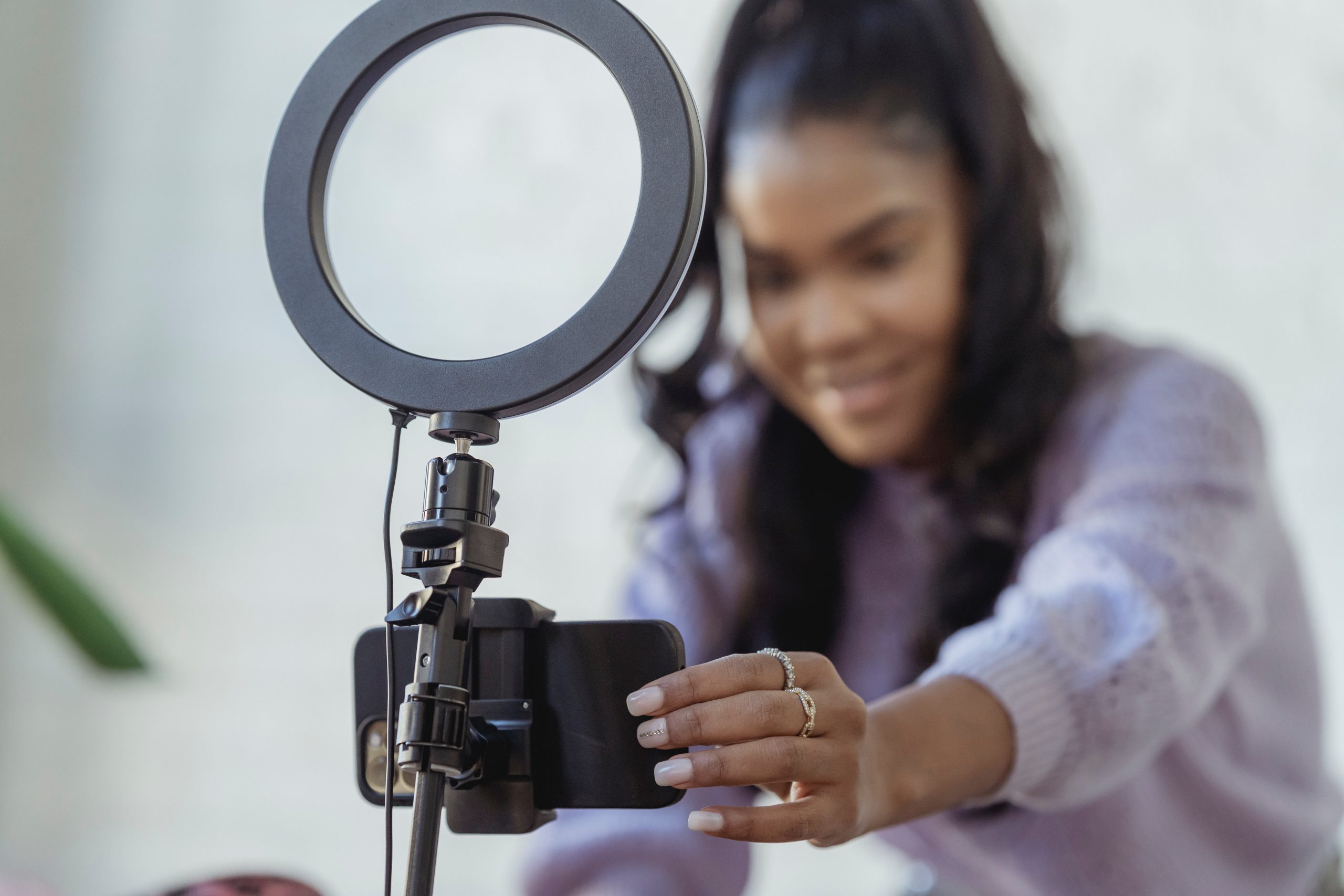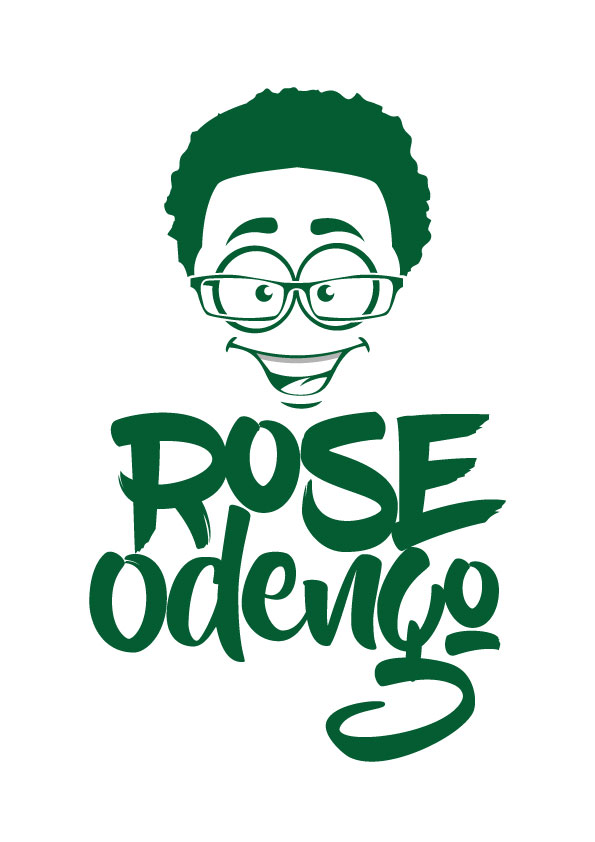Yesterday I attended the first day of the second edition of the Big Baraza SME conference by SNDBX. I met some old and new faces; next week, I will share a more detailed post on my learnings from the discussions.
Today, I want to dig a bit deeper into one thing that nagged at me during one of the panel discussions. It’s rambling on about making social media work for you.
The usual responses from panellists broke down what I have written and spoken about several times; know your audience, understand what their needs and interests are, where they interact and then use that to engage with the target audience in the respective platforms to gain traction.
The reality of social media, like in all communication, is you need to have a plan. I will share another post in more detail on building a communication plan. What I need you to walk away with from today’s post are two things.
- The 21st Century business communication requires you to run a media house. You need to prepare regular content to keep people engaged in building a community around your business and convictions.
- You need to know what tools are at your disposal to generate this excellent, retentive communication.
Running a Media House
I alluded to this in my post, “Your Dream Communication Team” you can read that in more detail. Content production has its intricacies; you need people dedicated and talented in this area. If you don’t, you will be going mad trying to figure out what content to create, what to post, how frequently and even how to phrase your message. Make your life easier, hire people either part-time or full time depending on what you can afford.
Communication Audit
Now, there are several communication tools. You know them by many different names; annual reports, newsletters, success stories, photos, videos, infographics, etc., but you need a few strategic tools to ensure you have. Once you have those, they guide the ebb and flow of how you communicate.
Communication Strategy
I have said this before, and I will repeat it, the communication strategy is the mother document. The document serves as the true north for all organisational communication.
It defines the messaging, target audience, and the SMART goals your communication will achieve to ensure the strategic organisational objectives are met. What do I mean by that? For example, if you need to raise USD 1 million in revenue as an organisational SMART goal, for example. Your communication will need to define how it will strategically help you do that; one example of how it can do that is by growing your organisational partnerships by 50%. The how of that is now where the communication plan spells it out.
Communication Plan
The communication plan breaks down how you intend to execute your communication strategy. It is the step-by-step guide which informs everything else, including your social media plan.
It breaks down what is required for each SMART goal, whether content creation, creating or attending events, newsletters, or even speaking engagements, all in line with the broader purpose of accomplishing your communication strategy goals. And it is based on this plan that you create your communication budget. Communication plans should ideally be annual to allow for planning. If that’s not possible, then work towards a quarterly communication plan. To develop your communication plan, you need to know how much it will cost you to shoot all the videos and photos and run your social media advertising.
Social media Plan
Social media is the cheapest way to gain traction for companies. And you need to know how to engage your target audiences and ensure you achieve your clear SMART communication and organisational goals.
Communication’s general role is to help you achieve your organisational SMART goals strategically. So nothing you place on social media is by accident; it is planned. The social media plan defines what content you will place, on which social media platform, and with clear goals of what you intend to achieve on each platform.
Brand guideline
How you look is how you are perceived, that’s just human nature; torn jeans, unkempt hair and a t-shirt with a peace sign on it can read anything from the artist to weed smoker, depending on the environment one operates.
Your logo, brand colours, and typography are all visual depictions of an underlying message you intend to portray. It will determine if one thinks you are too severe, too playful, a perfect fit or just plain confused by what you intend to say. Let me give you an example.
My logo. Rose Odengo is about a fresh take on life with a surging ball of energy. The logo is my face; green represents a new take on life. I have a second primary brand colour, orange, which means the surging ball of energy, as I use the fonts. It’s a deliberate choice of shapes, colours, and typography that sells a particular type of subliminal identity I want to be known.
Never go around “naked” as an organisation; always ensure your presentations, packaging, and cards sell a singular, compelling message in your branding.
It is a simple guide to the essential communication tools you need to operate your organisational communication, alias, your media house. If you need help figuring this out for your organisation, drop me an email at ask@roseodengo.com.



Leave a Reply